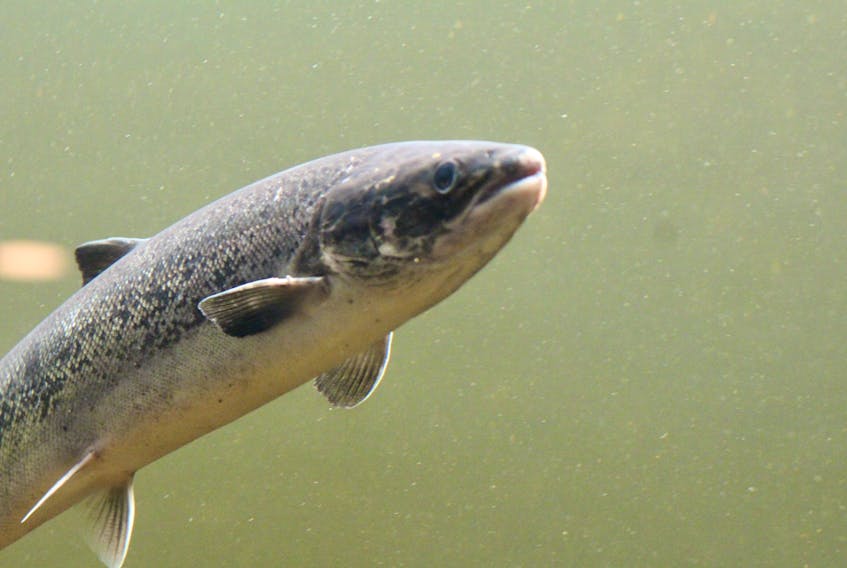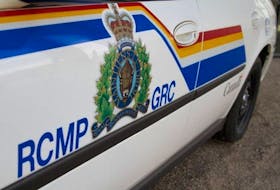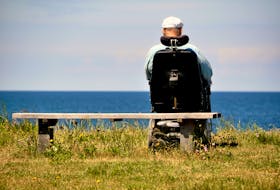GANDER, N.L.
When it comes to the 2019 Atlantic salmon angling limits and regulations for Newfoundland rivers, anglers feel the decision should be based on sound science. Something they say the Department of Fisheries and Oceans (DFO) doesn’t have.
They voiced their frustrations during a DFO public consultation about Atlantic salmon in Gander Monday, Oct. 29.
A big part of their reasoning was that high-water levels and washouts hindered fishway counts throughout the season. Because salmon could bypass the counters, they said, a true representation of stock numbers couldn’t be established.
“How can you base a decision on incomplete science?” asked one of the anglers that evening. “Get the science right first,” said another.
Appleton angler Dennis Simms, was in agreement.
“If we don’t know how many is there, don’t make decisions detrimental to our recreation and recreation fishery on numbers that aren’t accurate,” he said.
DFO representatives confirmed there had been washout incidents on rivers throughout the season – on the west coast, for example, the Harry’s River counter washed out three times. DFO didn’t provide comment on the validity of fishway counts during the meeting.
Furthermore, the anglers felt prolonging fishway counts into late September, instead of August, would provide more accurate figures, as late runs are known to occur. It was stated by department representatives there have been periods where counts have been extended, and it attributed to approximately one per cent of the total annual count.

Salmon update
While the 2018 stock is in better shape than the year before, information presented suggests the stock, for the most part, continues to be at critically low levels compared to its five-year average for 2011-15.
Simms said if DFO is serious about rebuilding the stock, it should look at other approaches instead of penalizing recreational fishers.
“Let’s take a couple of million dollars and really look at conservation, with hatcheries,” he said. “Why not grow a stock? Once it’s big enough it will look after itself.”
The government representatives stated the expensive venture of transporting eggs doesn’t always guarantee strong stock numbers.
As anglers continued to have their say, moderators were trying to keep them on track, asking questions about retention limits and catch rates.
The majority appeared to be content with a return to the previous model of four salmon on larger rivers and two salmon on smaller rivers. And while some were in favour of catch and release, the majority who spoke preferred a reduction or the elimination of the practice altogether.
- RELATED:
- N.L. government releases recommendations for upcoming salmon season
- Mayors Manuel and King voice their opinions on salmon retention in central
- Central anglers upset about retention salmon limits
The sessions
Gander was stop four of five for the consultation process. Jackie Kean, DFO resource manager, said the sessions were held to include the opinion of anglers in the decision-making process for 2019.
Kean said the sessions have been well-attended and participants have been forthcoming with their views.
“The most common theme we’ve heard, is to make a decision that’s sound and based on science,” she said. “Anglers want a decision early, and when a decision is made for the season stick to it.”
While Simms felt the meeting was productive, he’s waiting to see if anglers concerns were truly heard.
“I believe the panel got a sense of the frustration that anglers in the province are feel, I’m hoping our recommendation will go somewhere and be reflected in the rules and regulations next summer,” he said.
- Want in on the debate?
- Write us a letter to the editor and email it to [email protected]. Be sure to include a name, address and daytime telephone number where the author can be contacted. Letters should be no more than 300 words.









